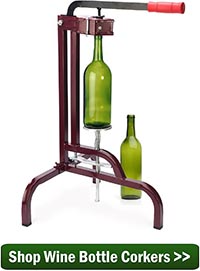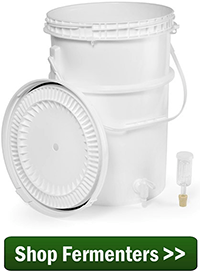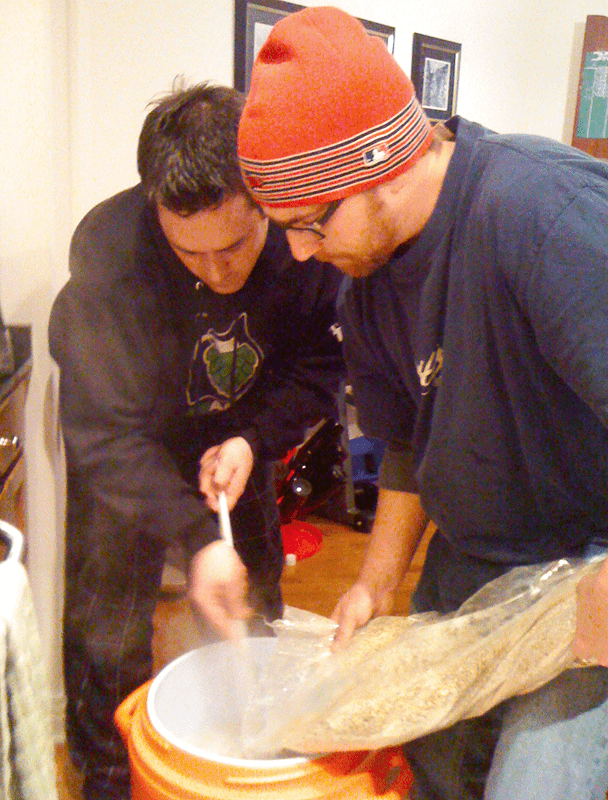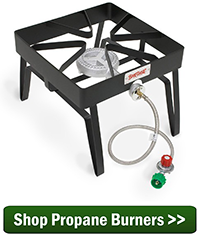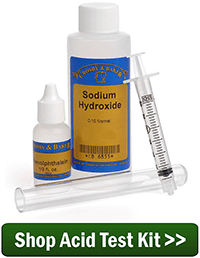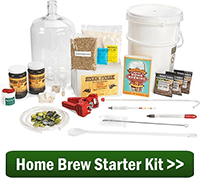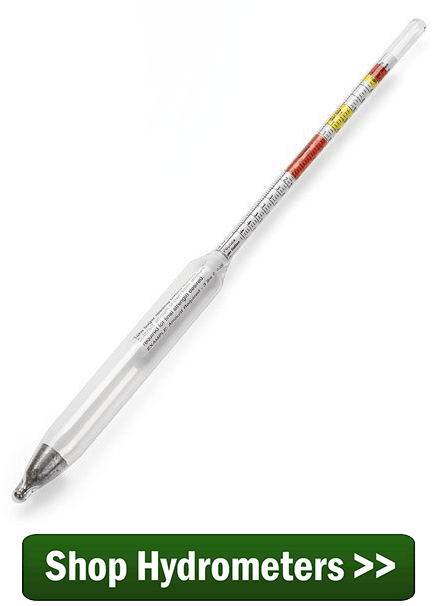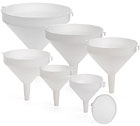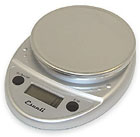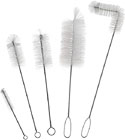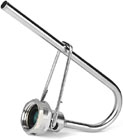 I have a sister who has a serious bronchial reaction to drinking wine made with sulfite. I have a neighbor who’s making wine without sulfites to kill the yeast at the end. He simply waits until it dies of starvation. My sister has no reaction to his wine. I have discovered that boiling the must before starting the yeast without using sulfite is sufficient to start the process. Now I would like to find a method of killing the yeast when I want to stop the process. I thought perhaps I could use a high temperature to kill the yeast at the end, but I don’t know how high that temperature would have to be. Can you help me?
I have a sister who has a serious bronchial reaction to drinking wine made with sulfite. I have a neighbor who’s making wine without sulfites to kill the yeast at the end. He simply waits until it dies of starvation. My sister has no reaction to his wine. I have discovered that boiling the must before starting the yeast without using sulfite is sufficient to start the process. Now I would like to find a method of killing the yeast when I want to stop the process. I thought perhaps I could use a high temperature to kill the yeast at the end, but I don’t know how high that temperature would have to be. Can you help me?
Name: Frits D.
State: Arkansas
—–
Hello Frits,
There seems to be a little bit of confusion. The reason that sulfites are added to any wine after the fermentation is to keep the wine from spoiling – to keep it fresh – not stop a fermentation. A fermentation should run its course until the sugars are all gone, starvation as you say. Sulfites can slow a domesticated wine yeast, but it can not consistently stop it completely, and therefor is not dependable for this purpose.
With that being said, making wine without sulfites is simple. The hard part is keeping the wine from degrading or spoiling after it has been made.
To start off the fermentation, I do not recommend boiling the juice or wine must. When you heat a juice you are promoting oxidation. This can cause the wine to turn color, usually orange or brown. It can also affect the wine’s flavor by adding a caramel to raisin note to it.
The one time I think you should add sulfites is before the fermentation — even if you are making wine without sulfites. Any free sulfite that is in the wine at this point will be long gone by the time the fermentation has completed. The sulfite will readily dissipate as a gas. Why not take advantage of that fact?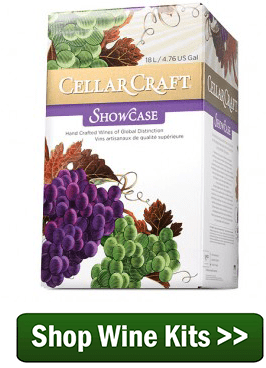
This applies to making wine from fresh fruits and juices. If you are making wine from a juice concentrate, then no treatment or sulfite is required at all. For this reason, you may want to consider taking this avenue. Currently, we have over 200 different juice concentrates to choose from.
As for keeping the wine from spoiling after the fermentation, one solution is to always keep the wine refrigerated. It’s simple and effective. The bad part is you need to dedicate most, or all, of a refrigerator to this method. This is one reason why hardly anyone is making wine without sulfites.
A second option that will significantly reduce the risk of spoilage is filtering the wine with ultra-fine filtration. This mean filtering down to 0.5 microns. This is a lot finer than letting the wine drip through a coffee filter. That would only be 20 to 25 microns. Filtering down to 0.5 microns requires the use of an actual wine filter, one that can force the wine under pressure through extremely fine pads. You are literally filtering out over 99% of the wine yeast along with mold spores and bacteria.
The Mini Jet wine filter would be the way to go for this purpose. It is important to realize that before using any wine filter, the wine should be finished dropping out sediment, naturally. It should look visually clear before filtering.
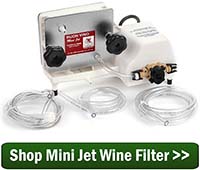 Also, keep in mind that you will want to be vigilant towards keeping the winemaking area sanitary. All the equipment and anything else that comes into contact with the wine needs to be as clean and sterile as possible. There are a whole host of cleansers and sanitizers you can use to do this safely. This is a critical part to making wine without sulfites.
Also, keep in mind that you will want to be vigilant towards keeping the winemaking area sanitary. All the equipment and anything else that comes into contact with the wine needs to be as clean and sterile as possible. There are a whole host of cleansers and sanitizers you can use to do this safely. This is a critical part to making wine without sulfites.
As a final note, there is no such thing as making a wine without any sulfites at all. In part, because sulfite is actually produced during the fermentation. It’s a natural byproduct of the fermentation. The best you can do is to keep the sulfites to a level low. You can expect to see a fermentation produce a wine with 10 to 15 PPM (parts-per-million). When adding sulfites as normally directed the wine will end up with 50 to 75 PPM.
As you can see, making wine wine without sulfites can be easily done. It’s the extra care that needs to be taken to keep the wine fresh and free from spoilage that makes it difficult. But, if you are willing to be sanitary, filter the wine and/or store the wine under refrigeration… it can be done!
I hope this information helps you out.
Happy Winemaking,
Ed Kraus
—–
Ed Kraus is a 3rd generation home brewer/winemaker and has been an owner of E. C. Kraus since 1999. He has been helping individuals make better wine and beer for over 25 years.


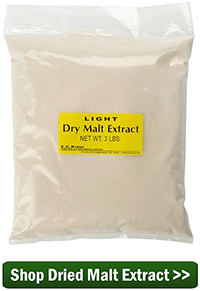

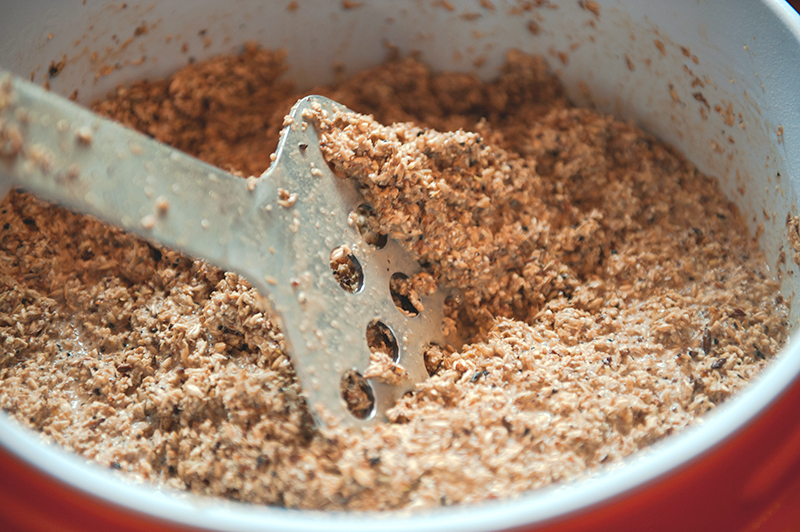
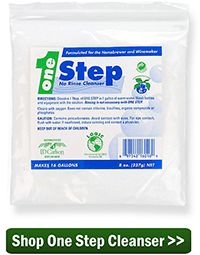
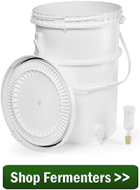
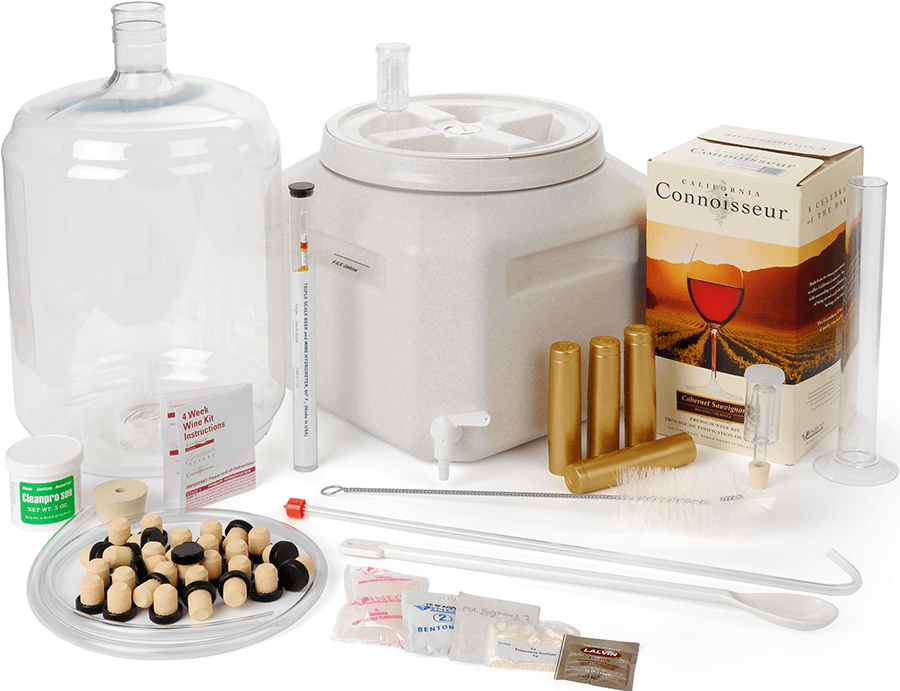 If you want to jump right into making wine without using a pre-made
If you want to jump right into making wine without using a pre-made 